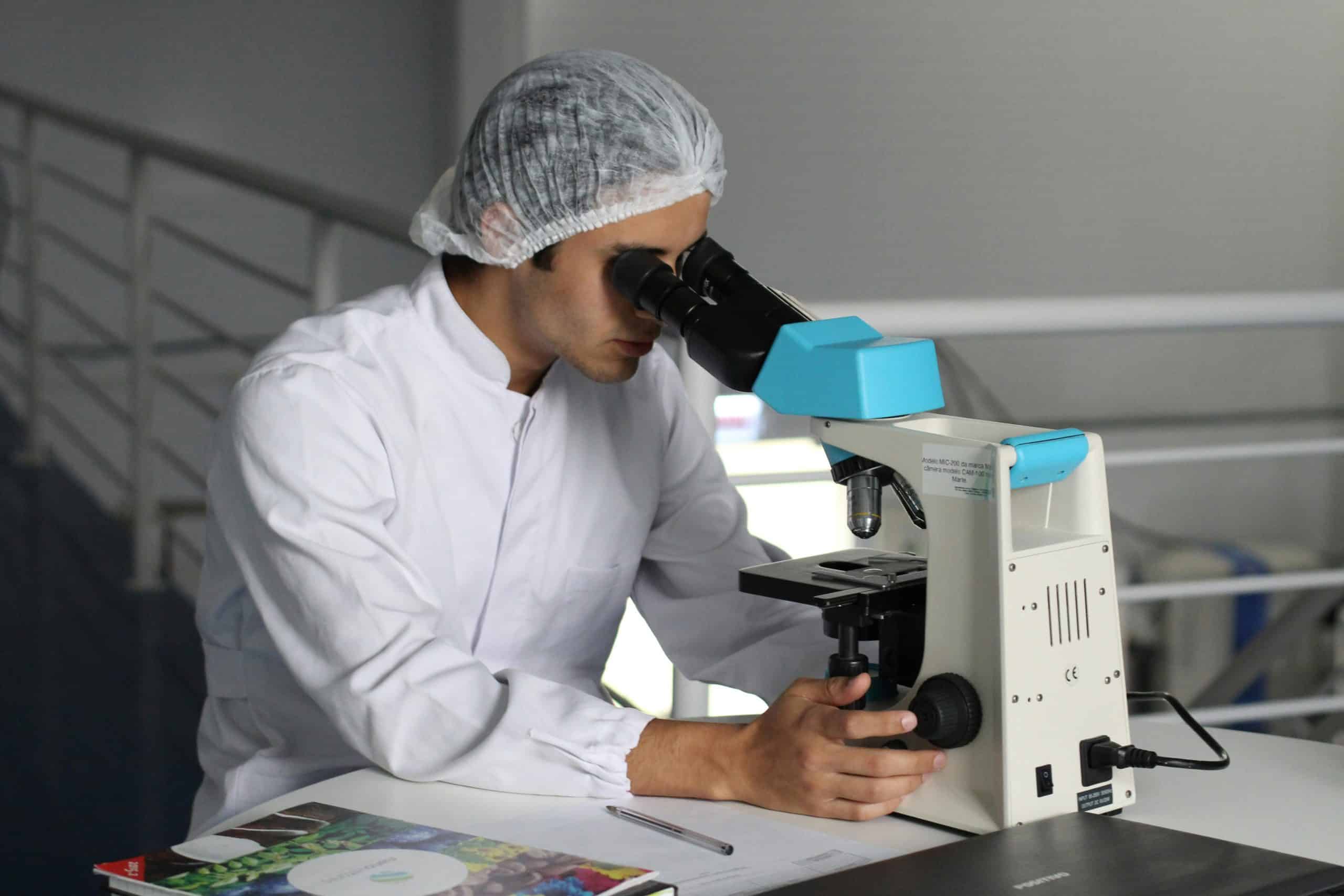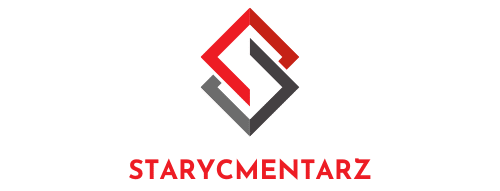What’s the Role of Edge AI in Real-Time Health Monitoring for Elderly Care?

As we advance into the digital age, the healthcare industry is undergoing a remarkable transformation. The integration of edge computing and artificial intelligence (AI) into healthcare systems is setting a new paradigm where timely and personalized patient care is becoming the norm. Especially for the elderly, real-time health monitoring can make all the difference.
Leveraging IoT Devices for Real-Time Health Monitoring
Internet of Things (IoT) devices are playing an increasingly important role in real-time health monitoring. These include wearable devices such as smartwatches, fitness trackers, and other sensors that constantly collect data on an individual’s vital signs including heart rate, blood pressure, body temperature, and sleep patterns.
En parallèle : Unleash your creativity with yiff ai's furry image generator
These devices are more than just an advancement in personal fitness tracking. For the elderly, these devices can act as a lifeline, alerting healthcare professionals of any sudden changes in health conditions. Any irregularities in vital signs, such as a sudden drop in heart rate or a spike in blood pressure, can be immediately identified and acted upon, potentially saving lives.
Moreover, these IoT devices can be coupled with home monitoring systems, providing continuous surveillance and ensuring safer living conditions for the elderly. For instance, fall detection sensors can send alerts to healthcare professionals if an elderly person falls, allowing for immediate response.
A lire en complément : How Is Blockchain Enabling More Secure Peer-to-Peer Energy Trading in Microgrids?
The Convergence of Edge Computing and Healthcare
Edge computing is revolutionizing how data is processed in healthcare. This technology paradigm focuses on pushing data processing closer to the source of data, i.e., the IoT devices themselves. This means that instead of sending all the data collected by IoT devices to the cloud for processing, computations are done right at the edge—on the devices themselves or on local edge servers.
This approach has several advantages. First, it reduces the amount of data that needs to be transmitted over the network, thereby reducing bandwidth requirements and network congestion. More importantly, it enables real-time data analysis. Since data no longer needs to travel all the way to the cloud and back, decisions can be made much faster.
In the context of healthcare, this faster data processing time can be a matter of life and death. In the event of a medical emergency, such as a heart attack or stroke, every second matters. Edge computing enables immediate detection and response to such emergencies, which can significantly improve patient outcomes.
The Power of AI in Data-Driven Healthcare
Artificial Intelligence (AI) is another crucial piece of the puzzle in data-driven healthcare. AI algorithms can analyze large amounts of medical data, identify patterns, and make predictions. These capabilities are particularly valuable in real-time health monitoring, where it’s imperative to accurately interpret the data collected by IoT devices and make the right decisions quickly.
AI can also learn from historical data and continually improve its predictions over time. This so-called "machine learning" capability makes AI even more powerful. For example, by analyzing a patient’s past health data, AI can predict if the patient is at risk of certain diseases, allowing for early intervention.
Moreover, AI can help reduce the burden on healthcare professionals. It can automate routine tasks, such as monitoring patient vitals or analyzing medical images, freeing up healthcare professionals to focus on more complex tasks.
The Role of Edge AI in Elderly Care
So, where does Edge AI come into the picture in real-time health monitoring for elderly care? Edge AI combines the benefits of edge computing and AI, bringing the power of AI to the edge. This means that the AI algorithms don’t run in a far-off data center, but right on the IoT devices or edge servers.
This integration of AI at the edge enables real-time decision making. For instance, if an elderly person’s wearable device detects a heart irregularity, the Edge AI system can immediately analyze the data, determine the severity of the situation, and alert healthcare professionals if necessary—all in real-time.
In addition, Edge AI can also provide more personalized care. By processing and analyzing data locally, it can take into account the specific context and environment of the patient, leading to more accurate and personalized health insights.
As such, the role of Edge AI in real-time health monitoring for elderly care is monumental. It is reshaping how we approach elderly care, moving us towards a future where every healthcare decision is data-driven, timely, and personalized.
Integrating Edge AI and IoT in Healthcare Systems
The integration of Edge AI and IoT in healthcare systems is redefining elderly care like never before. IoT based wearable devices, powered by Edge AI, allow for more immediate and personalized healthcare interventions. The Google Scholar and Crossref databases have an abundance of scholarly papers to attest to the increasing relevance of this technology in healthcare.
Edge AI enables these devices to analyze data locally, reducing the time it takes to process and transmit information to the cloud. This has a significant bearing on real-time health monitoring, as the speed of data processing can sometimes be the difference between life and death. It also means that the data is processed in the context of the patient’s immediate environment, improving the precision of health insights.
Machine learning is an integral part of this system. It enables the AI to learn from historical data and improve its predictive capabilities. For instance, by analyzing past health records, the AI can predict if an elderly person is at risk of certain diseases, enabling early intervention.
The integration of edge computing and AI not only improves healthcare outcomes for elderly people, but it also optimizes the healthcare system. Routine tasks, such as monitoring patient vitals, can be automated, freeing up healthcare professionals to focus on more complex tasks.
Concluding Remarks
In conclusion, the role of Edge AI in real-time health monitoring for elderly care is transformative. It brings together the advantages of edge computing and artificial intelligence, leading to more efficient, personalized, and timely healthcare. This technology is not just an advancement for the healthcare industry, but a revolution in how we approach, deliver, and perceive elderly care.
The integration of Edge AI and IoT is enabling a new era of data-driven healthcare where every decision is based on real-time, context-specific data. This is a significant leap from traditional healthcare systems, moving us closer to a future where healthcare is universally accessible, personalized, and immediate.
Elderly people, who are often the most vulnerable and in need of constant care, stand to benefit the most from this technology. The use of wearable devices for health monitoring provides them with a lifeline, ensuring their safety and wellbeing in the long term.
As the technology continues to evolve and mature, we can expect even more advancements in this domain. The future of healthcare is here, and it is powered by edge computing and artificial intelligence.
